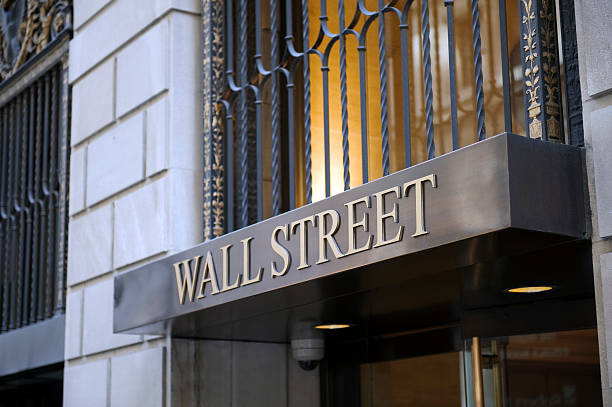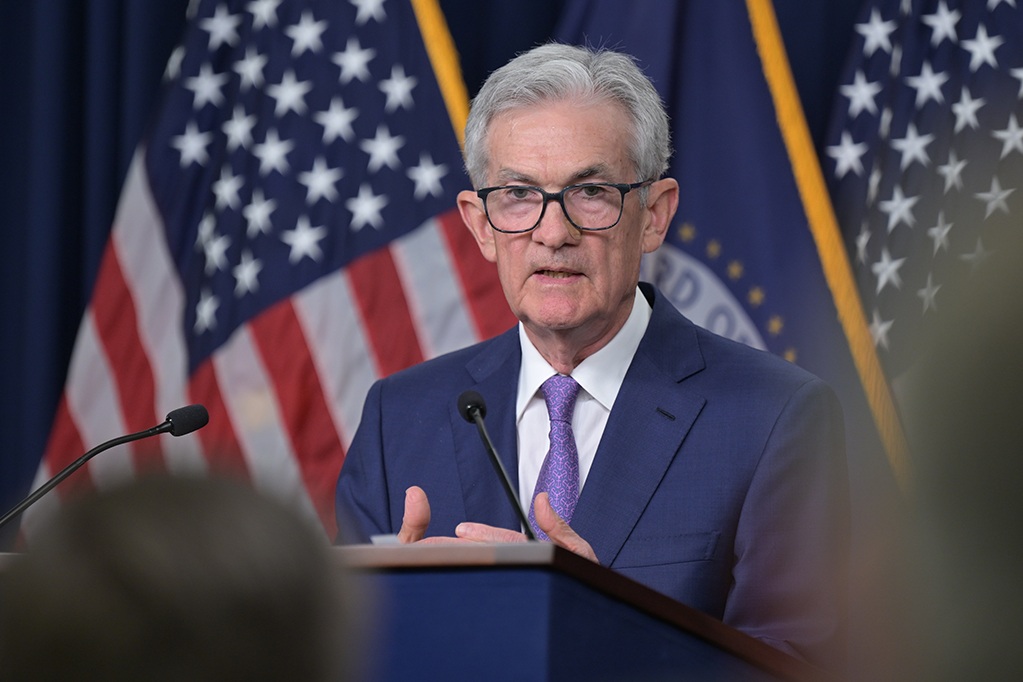REFILE-TREASURIES-US yields dip before 10-year auction

By Karen Brettell
July 9 (Reuters) - U.S. Treasury yields dipped on Wednesday though benchmark 10-year yields held near a more than two-week high as investors waited on a $39 billion sale of the notes that will offer fresh guidance on demand for longer-dated debt and as the market evaluated the likely economic impact of new tariffs.
A worsening fiscal outlook has raised concerns about increased U.S. debt supply in coming years. Uncertainty over the impact of tariffs and other Trump administration policies is also seen as potentially crimping foreign demand for U.S. assets.
So far, however, there has been no clear signs that foreign investors are turning away from Treasuries. Longer-dated debt is also being supported by comments by Treasury Secretary Scott Bessent that there are no plans to increase longer-dated auction sizes at current interest rates.
“The market has a track record of digesting supply well and the Treasury Secretary continues to communicate that coupon issuance will be well managed,” said Michael Lorizio, head of U.S. rates trading at Manulife Investment Management in Boston.
The U.S. government saw strong demand for its 10-year and 30-year auctions in June.
A $58 billion three-year note auction on Tuesday saw slightly soft interest. The government will sell $22 billion in 30-year bonds on Thursday.
The yield on benchmark U.S. 10-year notes US10YT=RR was last down 3.6 basis points on the day at 4.381%, after reaching 4.435% on Tuesday, the highest since June 20.
Interest rate-sensitive two-year note yields US2YT=RR fell 3.5 basis points to 3.874%.
The yield curve between two-year and 10-year notes US2US10=TWEB was little changed on the day at 51 basis points.
Investors are also focused on tariff announcements by President Donald Trump, which market participants fear may increase inflation and slow down economic growth.
The prospect of higher price pressures is seen keeping the Federal Reserve on hold while the labor market remains relatively solid.
“As long as we're relatively subdued in terms of the unemployment rate, I think that the Fed feels emboldened to wait to see what that inflation impact is before they make any changes,” said Lorizio. “That just puts on hold any sort of positioning for rate cuts.”
Traders pared bets on how many times the Fed will cut rates this year after jobs data on Thursday showed employers added more jobs than expected in June.
The European Union said it was working on sealing a trade deal with the United States by the end of the month, while Trump promised that he would deliver further tariff notices on unnamed countries on Wednesday.




.jpg)
